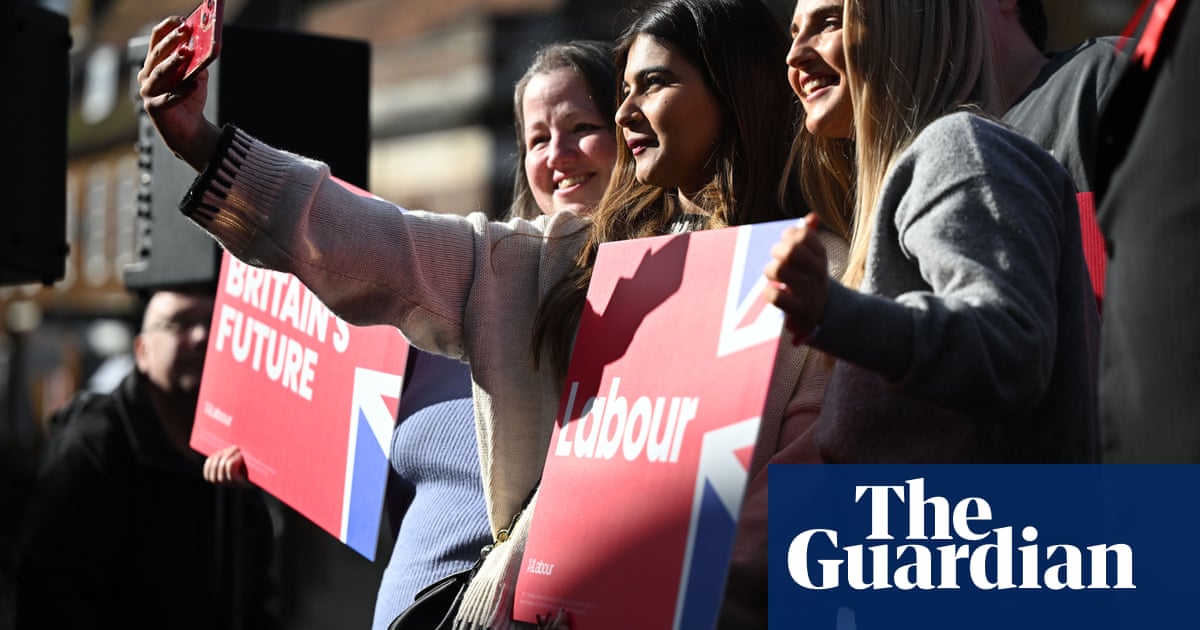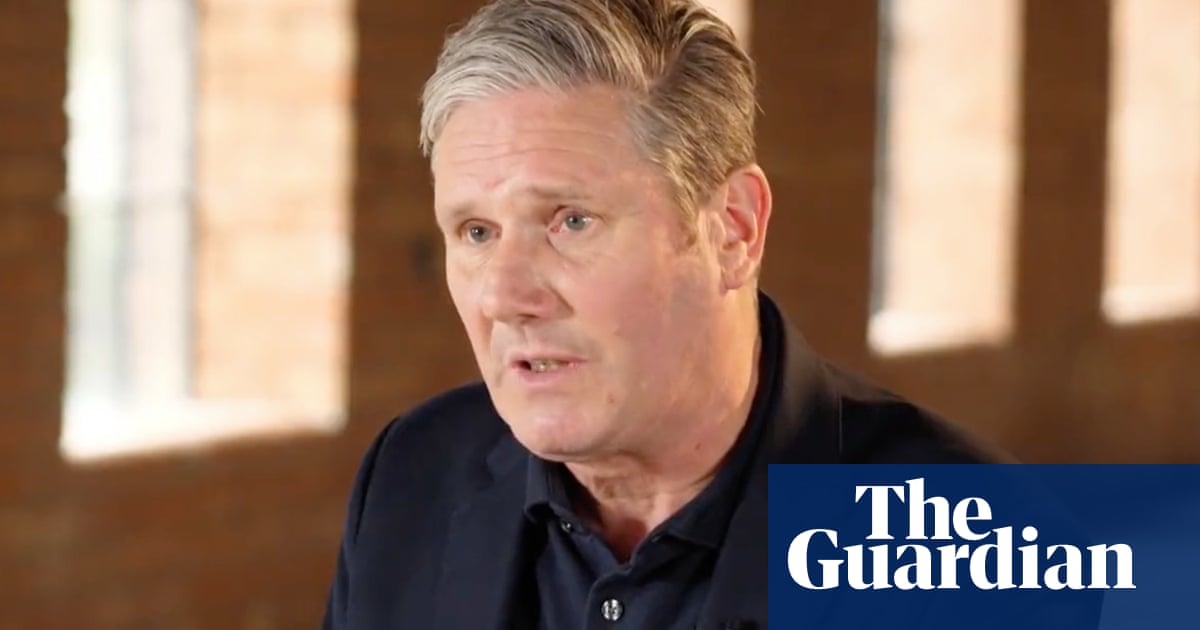
Recent developments in the Labour party have once again highlighted how, despite the leader’s promise to end factionalism, internal divisions are alive and well. The party agreed last month to ban four groups, leading to the automatic expulsion of members – expected to reach 1,000, though this figure hasn’t been confirmed – on the party’s left. The groups are Socialist Appeal, a Trotskyist group considered a successor to Militant; Labour Against the Witchhunt, which believes many Labour antisemitism claims were fabricated for political reasons; Labour in Exile Network, a defender of those suspended or expelled from Labour; and Resist, the project of ex-MP Chris Williamson, intended to become a registered political party.
These now-proscribed organisations are small and you could forgive even the most active Labour member for never having heard of some of them. But, by and large, the Labour left opposed the bans: they believe that a “guilt by association” rule is unfair and suspect this is only the start of a slippery slope, with bigger groups critical of Keir Starmer at risk of being ousted next. A panel has been set up to consider further proscriptions. It is worth taking this moment to review how, as a new leadership has changed Labour’s internal dynamics, key organisations within Labour have been bolstered and others weakened.
The factional group with the most influence in the party now is perhaps Labour First. Its secretary, Luke Akehurst, topped the ballot in last year’s elections for the national executive committee (NEC), and former full-time national organiser Matt Pound plays a key role in the leader’s office. This traditional “old right” organisation, with links to trade unions and local government, was founded in the 80s and its raison d’être has always been to fight the “organised hard left”. It once acted quite independently of Blairites, but tensions melted away under Jeremy Corbyn’s leadership and this unity has held up well. For young activists, Blairite-Brownite divides are a historical irrelevance; for older members on the party’s right, the possibility that Corbynites could return to power in Labour is still keenly felt.
The day after Starmer’s election, Labour to Win was unveiled. It brings together the two main strands of Corbyn-scepticism: Labour First and Progress, which was first established in 1996 to champion New Labour. Since the L2W launch, Progress has merged with Peter Mandelson’s Policy Network and become Progressive Britain.
The three organisations have distinct purposes. Progressive Britain takes on a thinktank role, focusing on policy debates and research, while Labour First retains its original job of mobilising “moderate” members. Labour to Win performs a similar task, but has a broader appeal: rather than old right or Blairite, the umbrella group pitches itself as simply in favour of winning elections and moving on from Corbynism.
Momentum is the big Labour left rival to those organisations. Although its ability to influence decision-making at the top of the party drastically diminished with the election of Starmer, the group that sprang from Corbyn’s first leadership campaign still has a large membership, full-time paid staff and finds success in internal elections. It won five of the nine local party representative places up for grabs on Labour’s NEC in November. But its direction and aims have changed.
After co-founder Jon Lansman decided not to restand as chair last year, control was won by the Forward Momentum faction. Arguing that the activist network had been too top-down and too focused on “one last electoral push”, the newcomers were brought in by members on a promise to empower the grassroots. Alongside democratic initiatives like a policy primary, in which members vote on proposals they would like to see the party adopt, the reformed Momentum has sought to steer its work away from internal Labour organisation – such as candidate selections and retaining control of local party executives – and towards extraparliamentary activities, such as evictions resistance campaigns.
Some on the Labour left – those who still prioritise holding on to power within the party wherever possible – are frustrated by this development. “What a waste of time,” one former Corbyn staffer sighed in response to recent news of Momentum’s “refounding” process. But the outlook is bleak for Corbynites in this party under new management, so the switch in priorities is understandable. This also opens up an opportunity for the soft left, which should actually be the most powerful faction – with most of the membership in the same place as them – but is organisationally weak.
Open Labour, the soft-left organisation founded in 2015, only managed to get one of its two NEC member representative candidates elected. As a promoter of pluralism and a critic of infighting in a bitterly divided party, it is more challenging for Open Labour to attract either attention or funding from private donors. Then there is the Tribune group of Labour MPs, who put up three NEC candidates and returned none. They are supposed to represent the soft left of the parliamentary party, but Tribune’s membership is politically diverse to the point of being ridiculous. It has been contesting internal elections but largely doesn’t behave as a factional campaigning outfit, which is partly why soft-left MPs attend the meetings in parliament of Labour First, where they are briefed and can swap stories about how things are going in their local parties.
The best example of the soft left being organised is perhaps Starmer’s shadow cabinet – but even here there are signs of it falling back, as the recent reshuffle saw figures to their right promoted. The Labour left is preoccupied with other tasks at the grassroots and with the split in the parliamentary party. The soft left is consistently under-funded and doesn’t have the member data necessary to make a big splash, having backed Lisa Nandy rather than the winning leadership candidate last year. This leaves the party’s right, working together under the Labour to Win umbrella, as the most influential faction in the party – and the most likely to shape Starmer’s agenda as leader.
Sienna Rodgers is editor of LabourList












